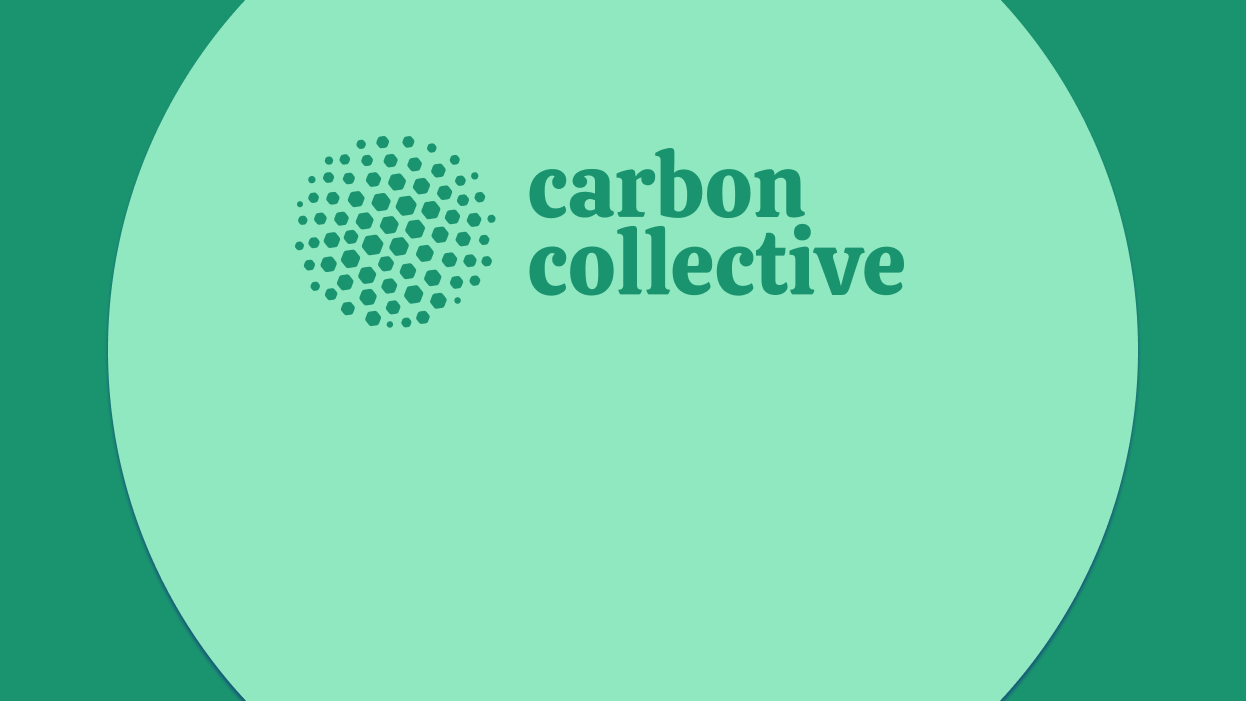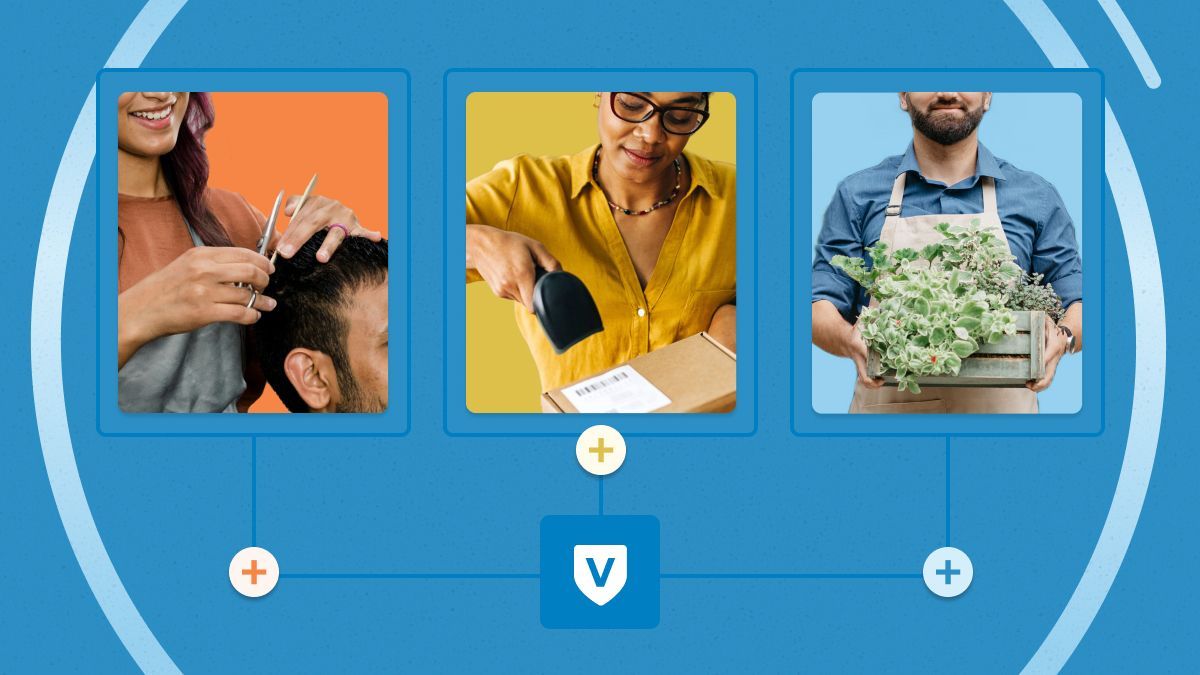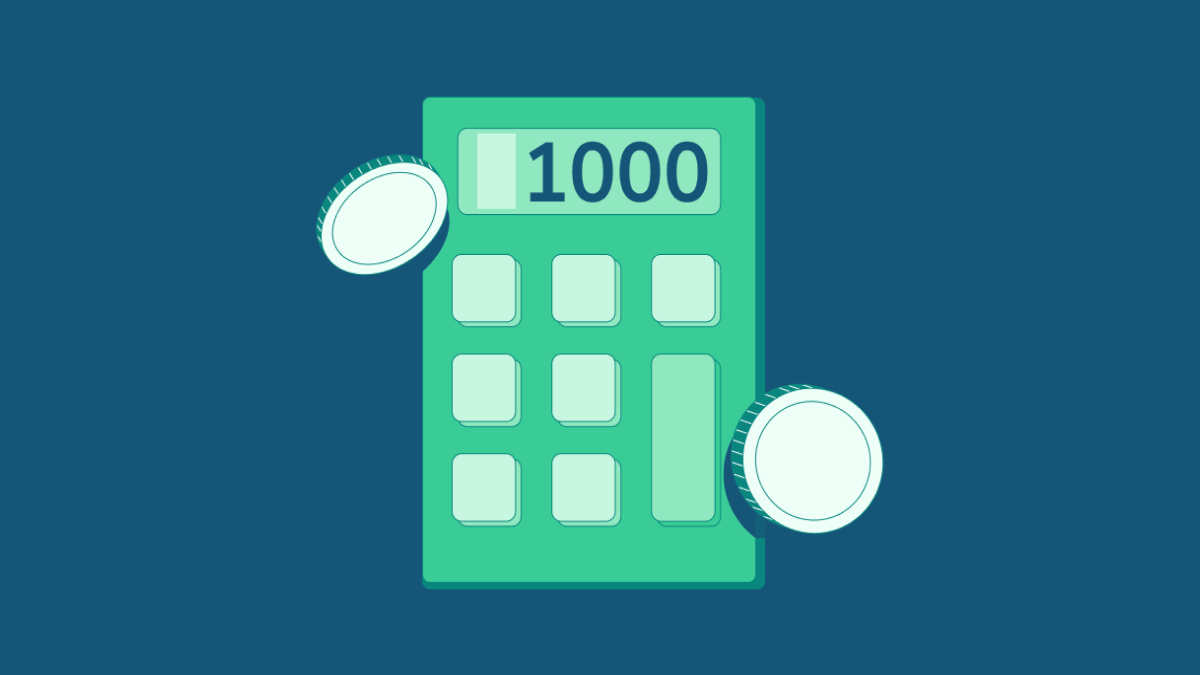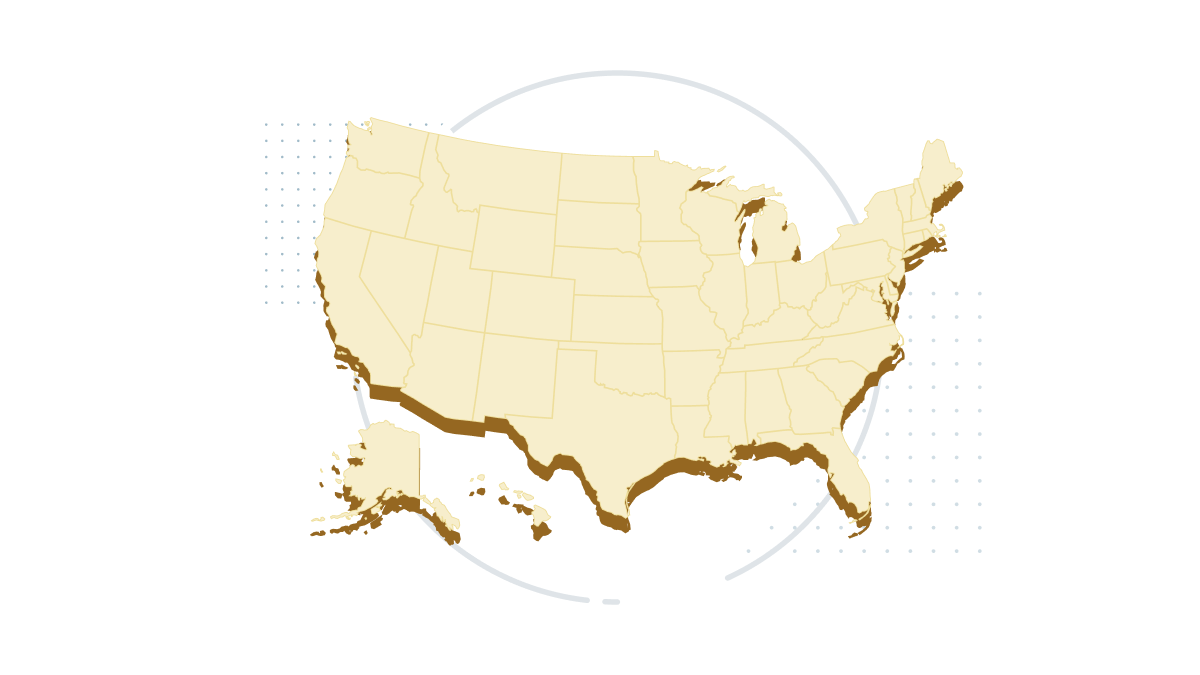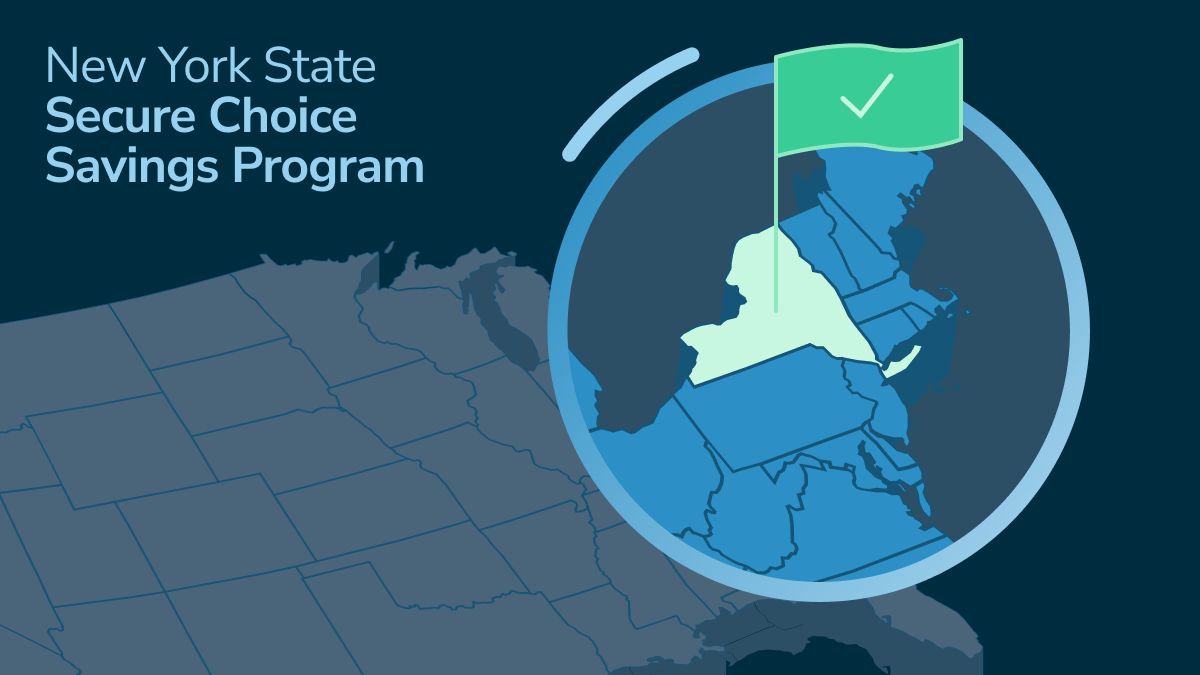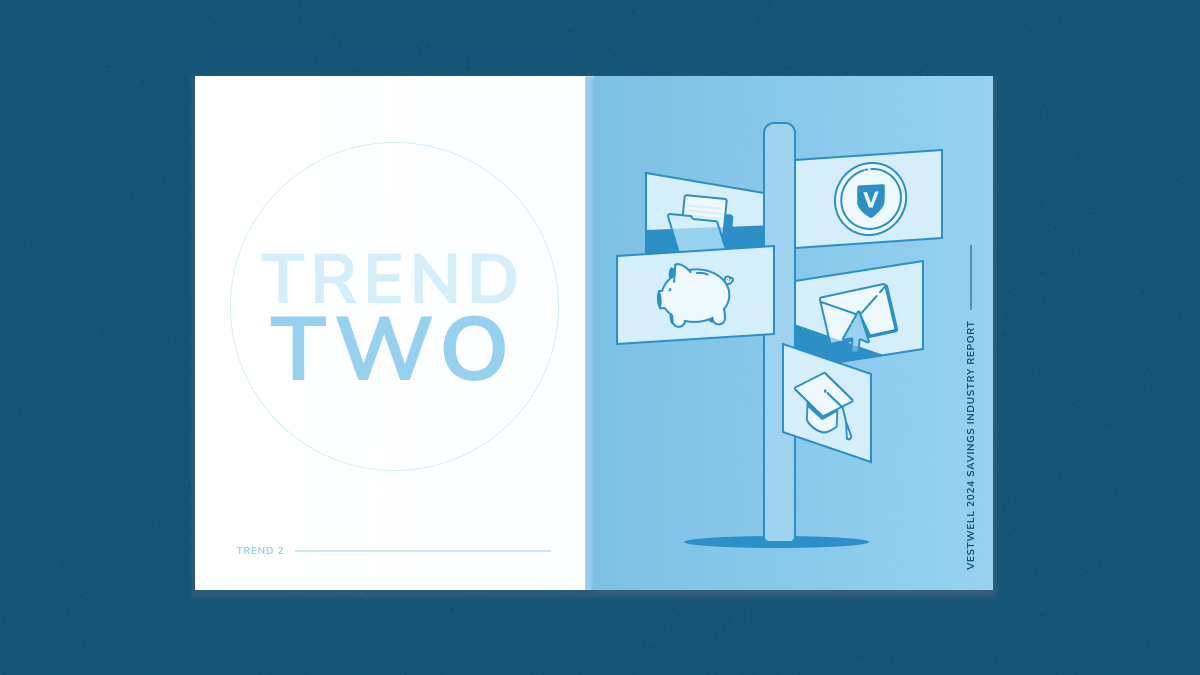What Kind of Retirement Plan Is Best for Your Plan Sponsor Client?

What Kind of Retirement Plan Is Best for Your Plan Sponsor Client?
It’s that time of year again. Open enrollment at most organizations is now in session and plan sponsor clients are considering offering a retirement plan to their employees. Whether your clients’ goals are to maximize their own pre-tax savings or offer meaningful, yet flexible benefits to their employees, there are many 401(k) or other options to meet their needs. Leverage this guide to help sponsors get the right type of plan based on their unique goals and business structure.

